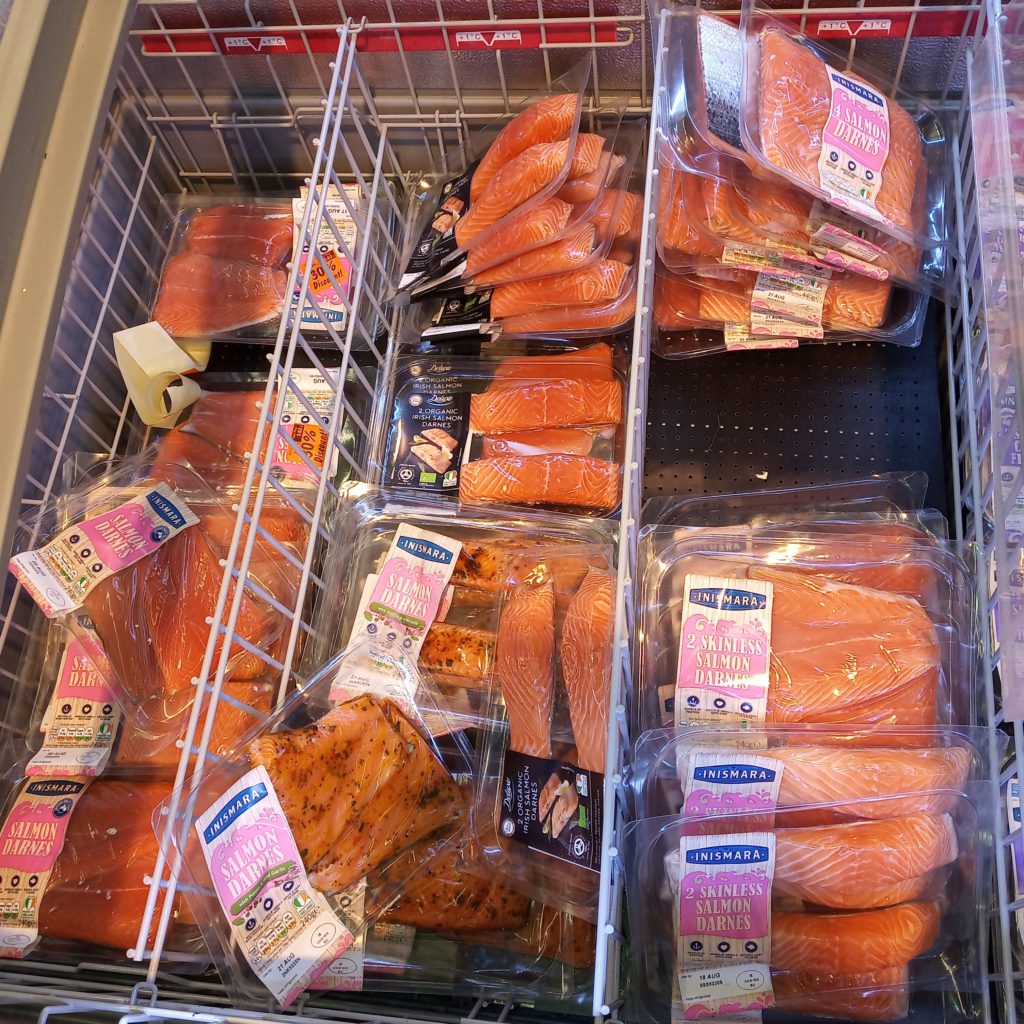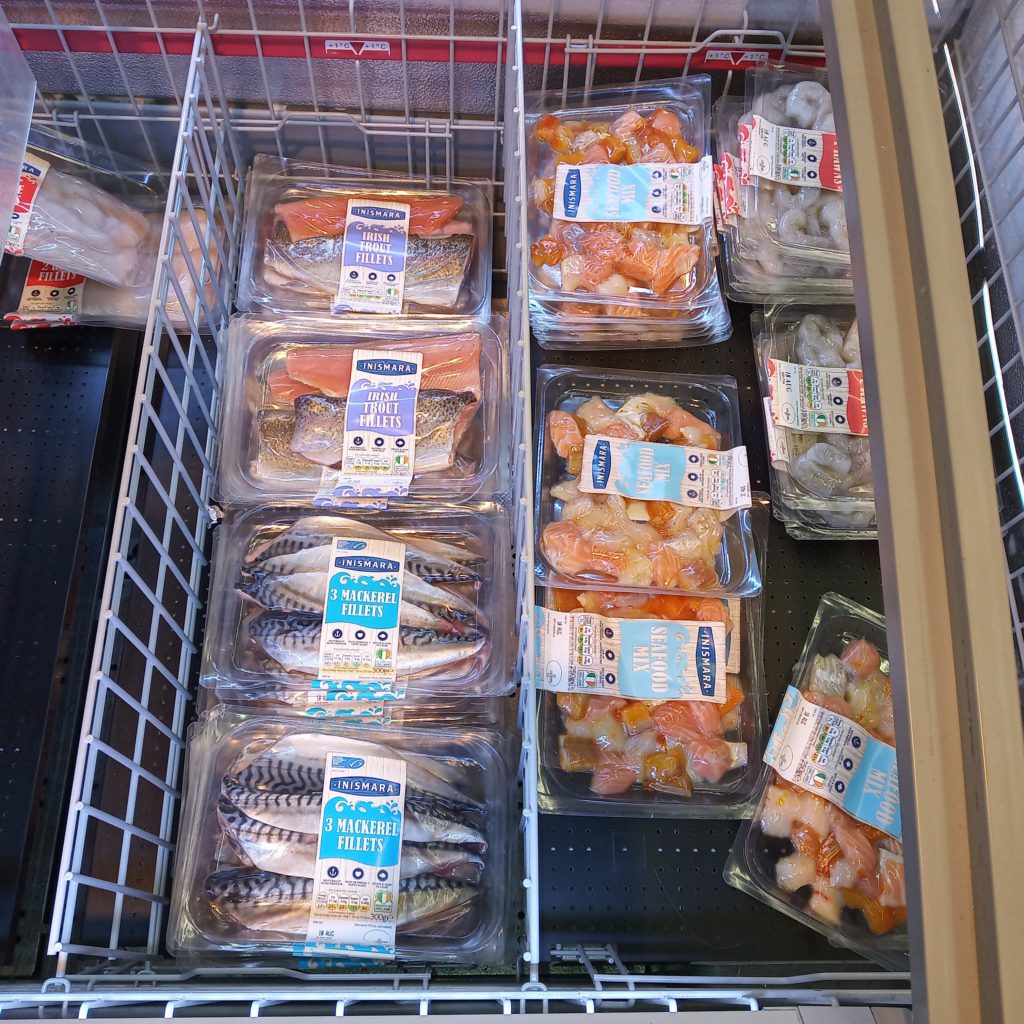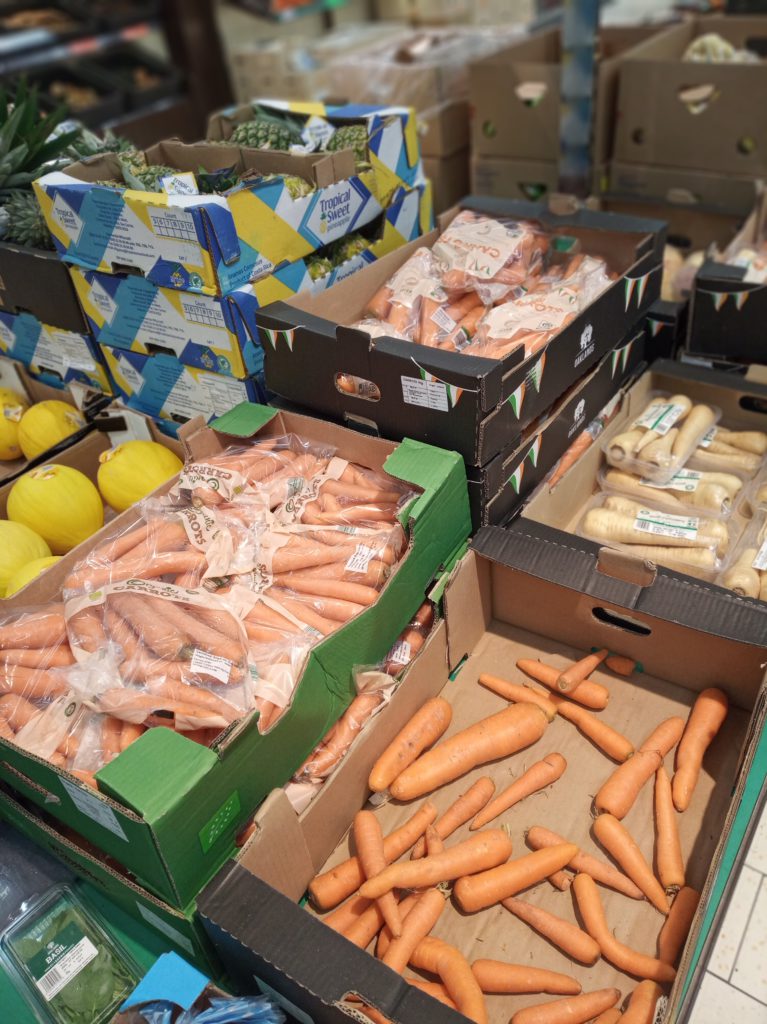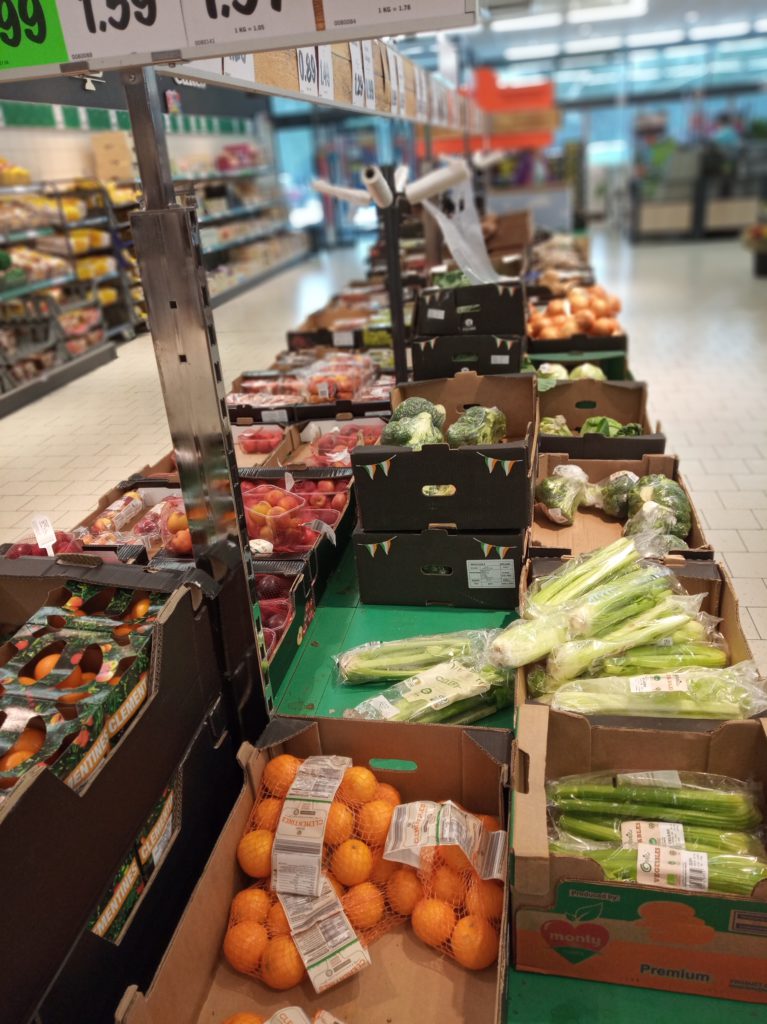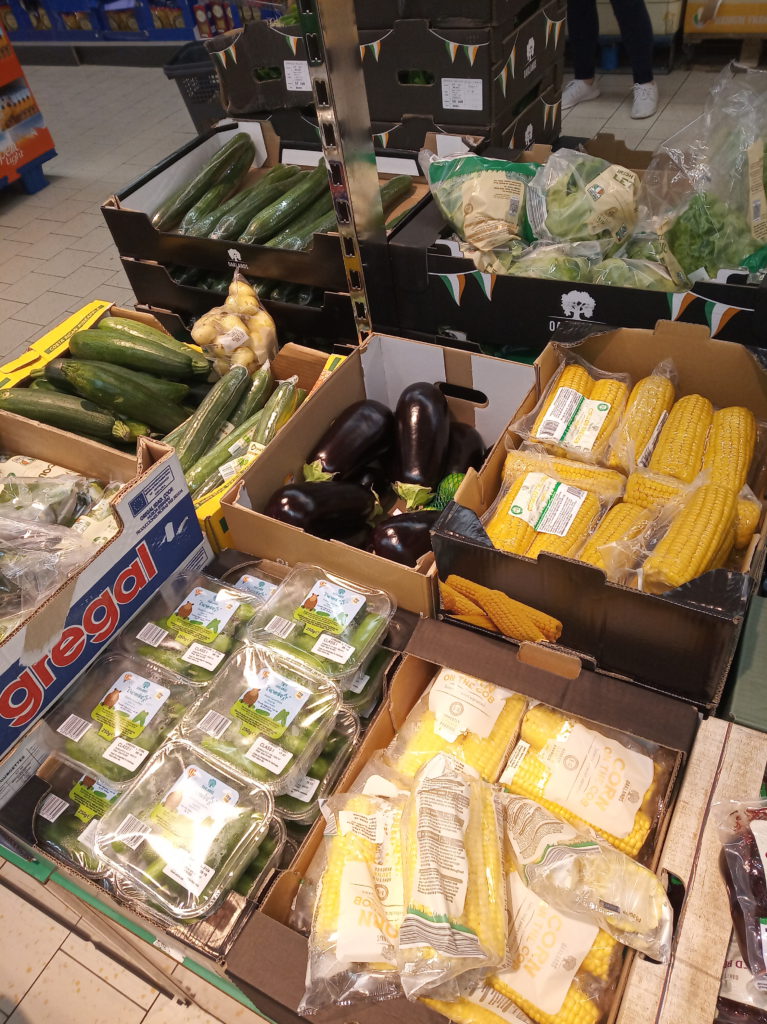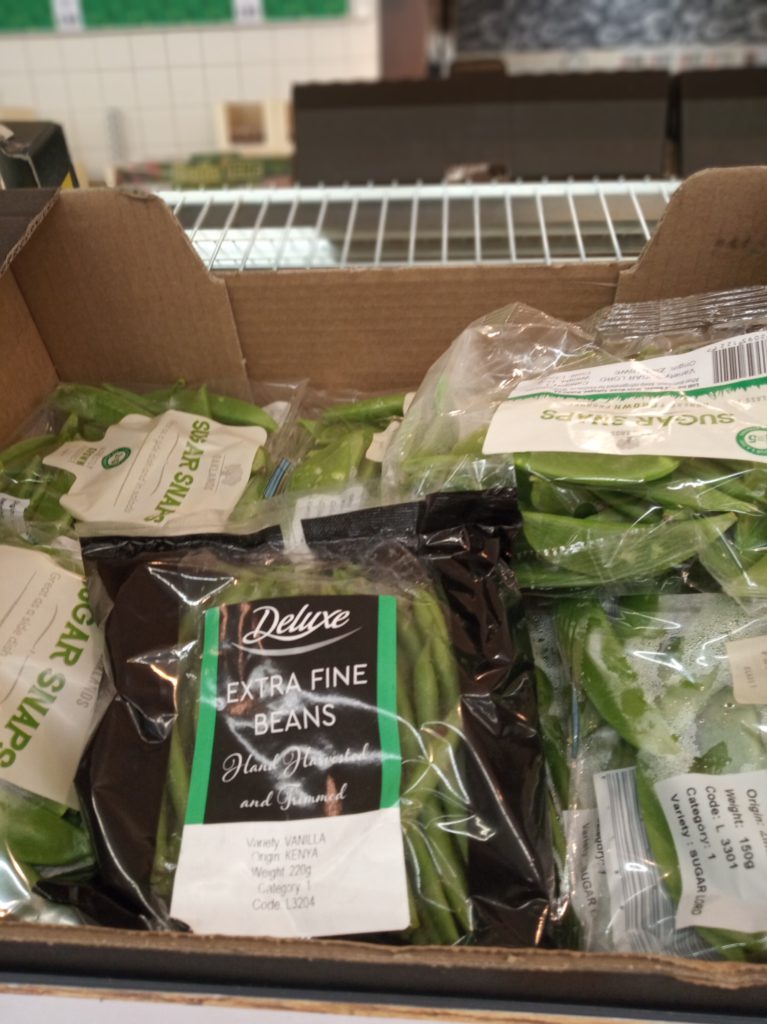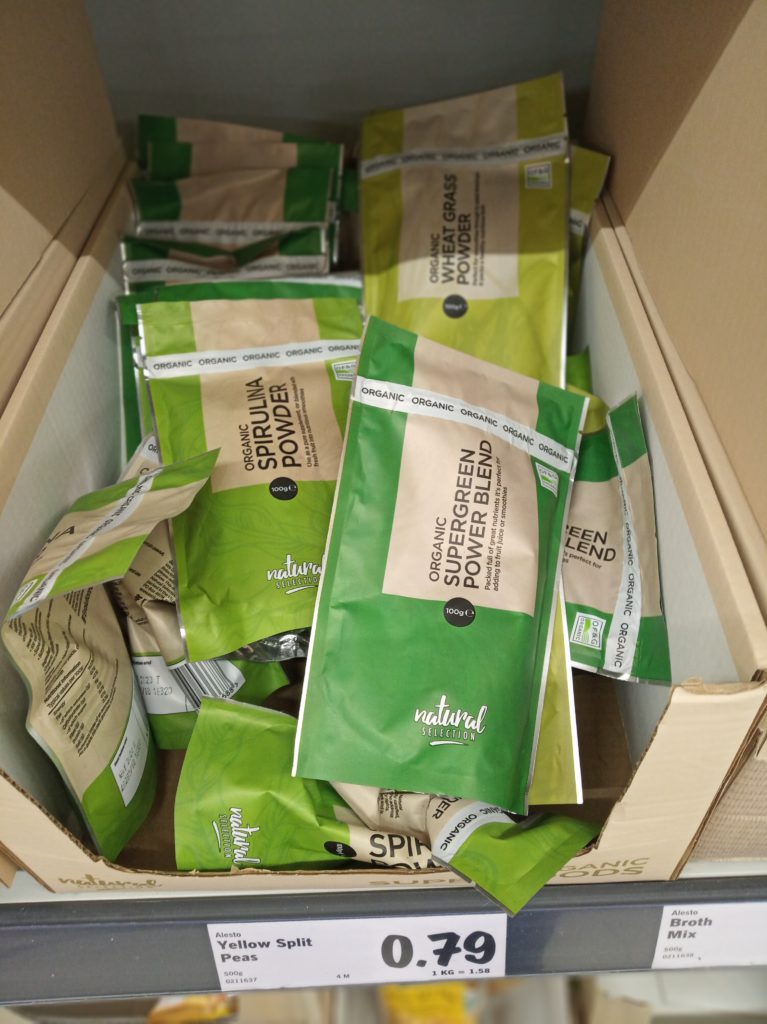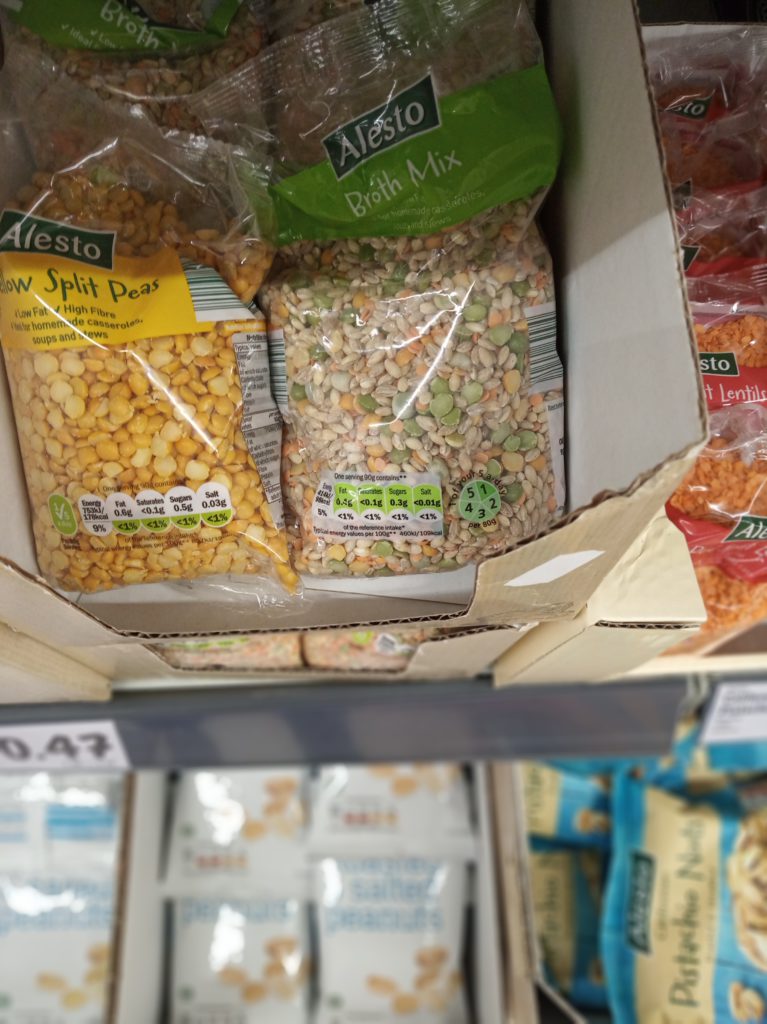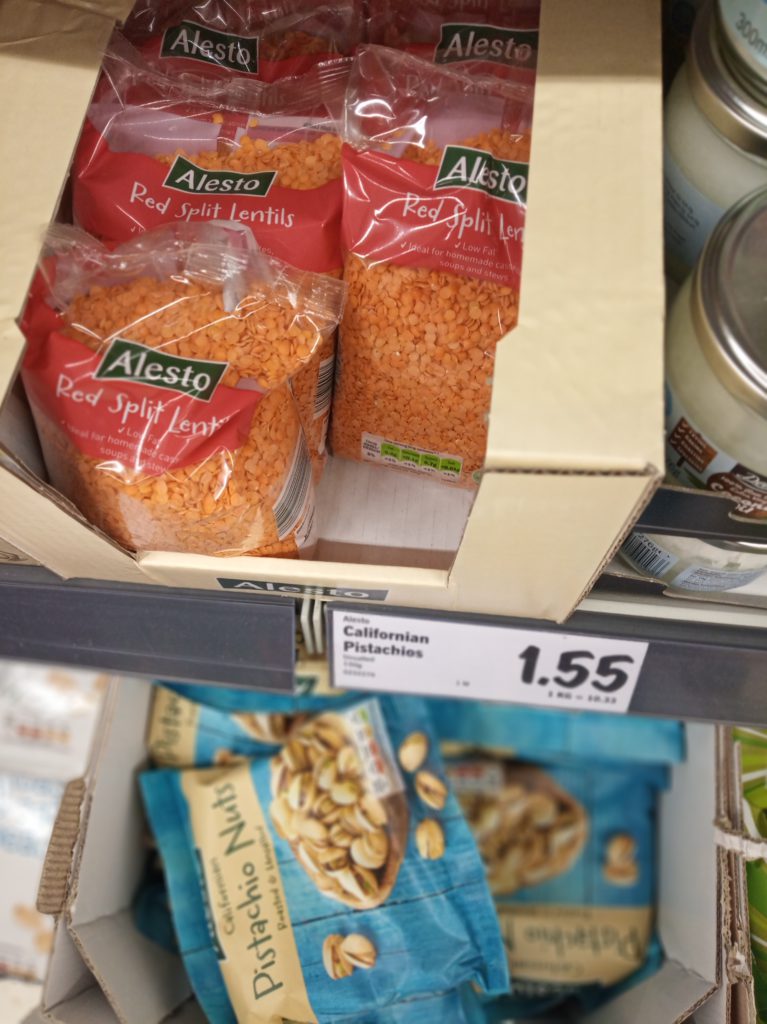Children with Diabetes in School
http://MANAGING CHILDRENS DIABETES: Discover 5 Vital Things You Need To Do To Ensure Your Diabetic Child’s Health At School (Fighting Diabetes And Winning Series Book 2)
Students living with diabetes have the right to be full and equal participants in school and all school-related activities without the fear of being excluded, stigmatized, or discriminated against.
School boards should develop and communicate a comprehensive diabetes management policy that includes the roles and responsibilities of the students living with diabetes, their parents/caregivers and school personnel.
School principals should work with each student living with diabetes, their parents/caregivers and healthcare professionals to develop and communicate to school personnel an Individual Care Plan (ICP) that complies with the student’s prescribed diabetes management regimen. Each ICP should be comprised of a daily management plan and a diabetes emergency plan.
If your child is diabetic and has an hypoglycemic attack refer to the article Hypoglycemia Facts Click Here.
If your child is diabetic and their blood glucose level is higher than in the normal range which is:
Normal Blood Glucose Range: 4.0 to 5.9 mmol/l(72.0 to 106.2 mg/dl)
Refer to the following article Hyperglycemia Facts Click Here.
Schools should permit students living with diabetes to monitor their blood glucose level, administer insulin and treat low blood glucose (hypoglycemia) and high blood glucose (hyperglycemia) conveniently and safely wherever and whenever required.
School personnel should be trained to recognize emergency situations and to respond appropriately according to the student’s individual care plan (ICP). School personnel should be trained on how to administer a glucose injection in the event of a severe hypoglycemic reaction by a diabetic nurse,pharmacist or endocrinologist.
For more information on administrating a glucose injection refer to the article Glucose Administration Click Here.
Jerry the Bear,a teddy to help Diabetic children helps to demonstrate how to administer a Glucose injection.
To purchase Jerry the Bear Click Here.
I noticed when I tried to place an order for Ireland for Jerry the Bear it said to go to Beyond Type 1,but I think a mistake was made here as it is actually Shop The Drop Click Here!
Diabetics in Ireland are extremely fortunate to have a Long Term Illness Book as we dont have to pay for any Diabetic medication or blood test strips!
How about your country do you get free Diabetic medication and test strips and if you dont how do you manage to pay for all the diabetic supplies?
Managing Diabetes at School
You’ve probably already bought the basic school supplies for sending your child back to school. But if your child has diabetes, you need to make additional preparations.
A person with diabetes must manage this chronic illness all the time.Staff such as nurses, teachers, and coaches can work with you and your child on managing diabetes. This assistance may include helping your child take medications, check blood sugar levels, choose healthy foods in the cafeteria, and be physically active.
My sister-in-law Bridget is honest and down to earth,she works in a secondary school in County Wexford and I think that she must be a very good teacher as she is great with Rebecca and Laura our two niece-in-laws!
Bridget gave me the idea of creating this Diabetes website as she told me she was looking online for information about Type 1 diabetes and said there wasnt a lot of good information about it on the internet!
She is married to Kieran my husband Brendan’s brother,they make a very nice couple and are both very genuine and kind!
Kieran was best man at our wedding and Brendan was best man at Kieran and Bridget’s wedding!
Kieran is a very hard worker and he has helped Brendan and myself out on numerous occasions!
He is also a very intelligent man who a few years ago completed a Diploma that was related to his job in Merck Pharmaceutical Company and did excellent!
He is a great son to Bernard and Mary my mother and father-in-law!
Bridget and Kieran had a lovely wedding day and Bridget looked lovely and are bouquet was amazing it sparkled and shined as she walked down the aisle!
Create a diabetes management plan with the school
Meet with staff before school starts or early in the school year to learn how the school helps students care for diabetes and handles any diabetes-related emergencies.
Work with your child’s medical professionals and school staff to create a Diabetes Medical Management Plan. Having a plan helps your child and school workers manage diabetes in school and during extracurricular activities such as field trips or sports. Include information on services the school will provide and how to recognize high and low blood sugar levels. Your child may need assistance with giving insulin and checking blood sugar levels, and also may need to eat snacks in the classroom.
Give the school staff a list of contacts for your child, including Diabetes Medical Professionals and emergency contacts.
Be sure school workers have a glucagon emergency kit and know how to use it if your child experiences a dangerously low blood sugar emergency.
When a diabetic child has a normal hypoglycemic attack that is below 4.0 mmol/l to 2.0mmol/l(72.0mg/dl to 36.0mg/dl)give them jelly sweets and orange juice as fast acting carbohydrate and digestive biscuits and hobnob biscuits as slow acting carbohydrate!
Refer to Hypoglycemic Facts for more information Click Here.
If your child is going to monitor his or her blood sugar, ensure that he or she feels comfortable doing so.
Check for necessary diabetes supplies
Your child needs access to supplies to manage diabetes and to treat any episodes of high or low blood sugar. Ensure your child wears a medical ID jewelry.
Help your child create a care package to carry in his or her backpack. Supplies include the following:
Blood Glucose meter such as Accucheck Mobile and OneTouchVerio , test strips, lancets , and extra batteries for the Blood Glucose meter.
Ketone testing supplies such as a Ketone meter and Ketone Test Strips!
Insulin pens such as Novorapid Insulin pen which is the bolus insulin and Lantus/Toujeo is the basal insulin.
Insulin needles such as Novofine needles.
Antiseptic wipes.
For children who wear an insulin pump, backup insulin pens in case of pump failure and at least two Blood Glucose meters.
If children are using an insulin pump it is very important that they check their blood glucose levels at least seven times a day!
I am very vigiliant at checking my own Blood Glucose Levels I do this at least eight times a day!
Teach your child to manage diabetes at a level right for his or her age
http://Diabetes Log: A Perfect Diabetes Log Book For SNA’s
If your child is going to monitor his or her blood sugar, ensure that he or she feels comfortable doing so.
If a trained school employee will do the monitoring, be sure your child knows where and when to go for testing.
Make sure your child knows who to go to for help with high or low blood sugar attacks. Outline these actions in the Diabetes Medical Management Plan.
If your diabetic child is able to test their blood glucose levels on their own it is very important that they understand the numbers on their blood glucose tester so they know wether they are hypoglycemic or hyperglycemic!
Refer to the articles Hypoglycemic Facts Click Here and Hyperglycemic Facts Click Here!
Encourage Your Child to Eat Healthy Foods
Prepare a healthy breakfast, which will help your child stay focused and active.
If you send a lunch with your child, pack a healthy meal that contains whole grains, fresh fruits, and vegetables. Replace high-fat foods with low-fat options, such as reduced-fat cheese, and skimmed milk. Include healthy snacks, such as fruit, nuts, or seeds, which your child can eat later in the day to avoid the vending machine and keep blood glucose levels under control.
If your child buys meals at school, look at the cafeteria menus together to help him or her make choices for a healthy meal plan. Many schools post their menus online, or you can request this information from school workers.
Good sources of protein for your child to eat are nuts such as cashew nuts,almonds,unsalted peanuts,hazelnuts,pine nuts and walnuts!
There is a lot of healthy foods in Lidl such as healthy nuts and seeds!
There is also a lot of healthy foods in Aldi!
Other good sources of protein are eggs,fish such as cod,mackerel,sardines,prawns and haddock!
There is a good variety of fish in Lidl,see their selection below!
Good sources of carbohydrates are wholegrain bread,fresh fruit,vegetables such as peas,parsnips and sweetcorn!
See below a selection of Lidl’s fresh fruit and vegetables!
Good sources of healthy fats are Olive Oil,Coconut Oil and all types of fish!
Good sources of Vitamins and Minerals are homegrown fruit and vegetables!
See below a selection of fruit and vegetables grown in our polytunnel!
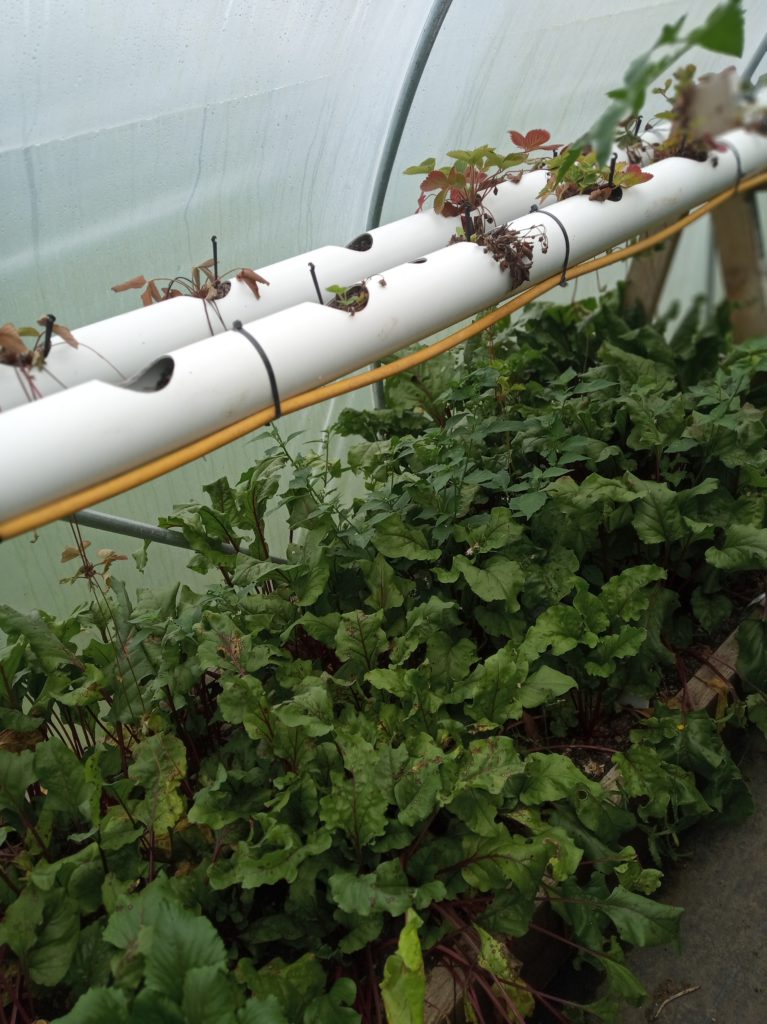
Our homegrown tomato plants!


Good sources of Iron are dried fruits such as apricots,prunes and raisins, fresh fruits such as strawberries,spinach,peas,lentils,sweetcorn,beans,wheatgrass, nuts and seeds!
See below a selection of products in Lidl which are high in iron!
Be sure Your Child gets at least 60 minutes of Physical Activity Every Day
Having diabetes doesn’t mean that your child can’t be physically active or participate in physical education classes. In fact, being active can help your child improve his or her blood sugar control.
Limit screen time like Television, video games and social media to one hour a day! Being active at an early age establishes good habits for a lifetime and is a lot of fun!
Encourage your child by being active together doing such things as walking the dog, riding bicycles and playing basketball ,netball,soccer or Gaelic football and Hurling together!
All members of the family should participate in some sort of activity for at least an hour a day that includes the elderly and people with a chronic illness such as Type one diabetes!
When I was a child living in Scotland I spend most of my time after school outside in the fresh air playing games such as hopscotch,rounders and playing with a skipping rope and a hula hoop!
My brother Jamieson and my twin sister Joan and myself use to love playing tennis in the carpark near our house when Wimbleton was on!
It was great exercise especially for the heart and the internal organs and also it is good strength building for the arms!
At Christmas time one year my parents bought me a lovely bicycle it was dark blue and red!
I loved that bicycle I rode it everywhere!
At school I played with the other girls Ring- a- ring a roses and did the actions to The Birdie Song!
What is your favourite nursery rhymes as a child?
Also at school we learned two Scottish Dances called The Highland Fling and The Gay Gordons!
How about you did you learn any National Dances at school and if so can you leave a comment about them in the comment section below!
Help prevent sick days
Check to be sure your child has had all recommended vaccinations, including the flu shot and the pneumonia shot every year. If a child with diabetes gets sick, he or she can take longer to recover than children without diabetes. Talk to your child’s doctor to see if your child needs any vaccinations before starting the school year.
Encourage your child to wash his or her hands regularly, especially before eating and after using the bathroom.
When your child has a piece of fruit like an apple or an orange make sure they wash their hands thoroughly afterwards as the sugar from the fruit can give a false reading when they test their blood sugar levels!
Diabetes doesn’t have to get in the way of your child’s good experience at school. Remember, parents and schools have the same goal, to ensure that students with diabetes are safe and that they’re able to learn in a supportive environment. Make sure school staff have the information and resources they need for your child’s safety and health!
If you have any information,questions, or feedback you would like to include in this webpage.
Please email momo19@diabetessupportsite.com or leave your comments below.






